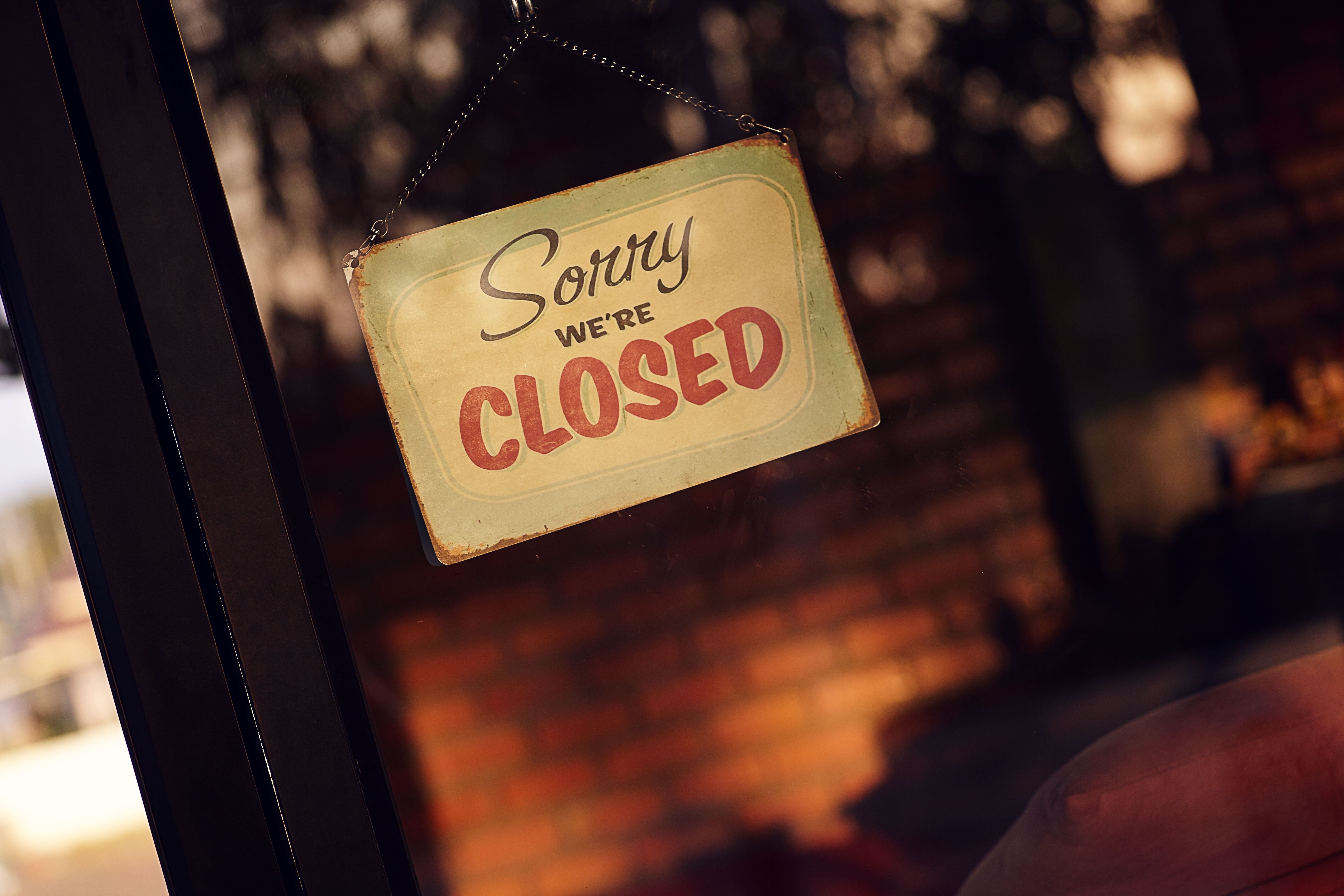Involve community organizations in planning activities and include existing services as the foundation of emergency response.
Supporting Resilience and Recovery in the Community
Mass violence shatters the community as well as individual lives. Healing happens eventually but things are never the same again. Good leadership can prepare and guide residents in restoring faith in the future and each other.
The impact of mass violence ripples outward to …
- Direct victims and survivors
- Families, friends and loved ones
- First responders
- The local community
- Larger communities of the nation and the world
The community itself is a co-victim of violence in that many social bonds may be ended through the death or injury of a family member, co-worker, or service provider. Businesses, schools, or community centers may be forever changed. Honoring and rebuilding that sense of community is vital to recovery.
Organizations and Businesses
Tragedy can also affect organizations.
- Leaders may be absent and employees may not be able to return to work right away.
- Services may be delayed or not restored.
- Employees, service populations and communities are also affected.

Interpersonal Community
Mass violence incidents can fracture our sense of interpersonal community.
- Mistrust, suspicion and anger may invade formerly diverse yet friendly neighborhoods.
- Ask yourself: How would your community bounce back from a mass violence incident?
What is Community Resilience?
Community resilience is the sustained ability of the community to use available local and governmental resources to restore and even improve their town or city. Resilience is about surviving and thriving, regardless of the challenge.
Social Ties
Social connections and relationships are a critical aspect of resilience.
- Neighbors and nearby strangers who are closest to victims are often the first people to help, before first responders and family members can arrive.
- People in tight knit communities are more likely to volunteer to help each other.
- Communities having strong social bonds are able to withstand disasters better and recover faster.
- Strong social ties directly correspond to lower death rates, better mental health, and more stable and active communities post-disaster.
- Families, neighbors, local business people, and members of social groups help each other in the immediate crisis as well as in the months and years it takes for the community to recover.
Community Leaders
Community leaders can cultivate the crucial social bonds that contribute to cooperative action.
Take positive action to:
Develop and maintain formal or informal institutions that bring people together
Cultivate strong social bonds that provide a greater sense of belonging, which translates into a greater helpful response on the part of citizens.
- Things to Know When Establishing a Resiliency Center
- Understanding the Most Crucial Needs of Victims, Survivors and Witnesses
- The Role of Victim Assistance Professionals in Preparing for Mass Violence Incidents
- National Center for PSTD, Reminders of Trauma: Anniversaries
- Psychology Today, 5 Ways to Deal with Anniversary Reactions
- NCTSN, Tips for Families on Anticipating Anniversary Reactions to Traumatic Events
- NCTSN, Sugerencias para la familia que anticipa reacciones adversas al aproximarse el aniversario de un acontecimiento traumático
All Hands on Deck
All social, economic, and governmental organizations are needed. This includes:
- Businesses
- Civic and volunteer groups
- Faith-based organizations
- First responders
- Hospitals, health clinics and other health agencies
- Local government agencies
- Mental health providers
- Nonprofit agencies
- Private citizens
- Public health departments
- Schools and universities
Lesson Learned
Strong and resilient communities are better equipped to recover from a mass violence incident. Think about who you’d rely on if you were in need, and who would need help from you. We can all be first responders. The importance of building community resilience has never been greater.
Resources on Community Resilience

PrepTalks: Social Capital in Disaster Mitigation and Recovery

Community Conversations and Other Efforts to Strengthen Police-Community Relations in 49 Cities

Boston Community Policing and Community Engagement

Resiliency after Violence

Building Resilient Communities:

Tips for Newly Elected Officials (Media Relations)
OpenArticles on Community Resilience


